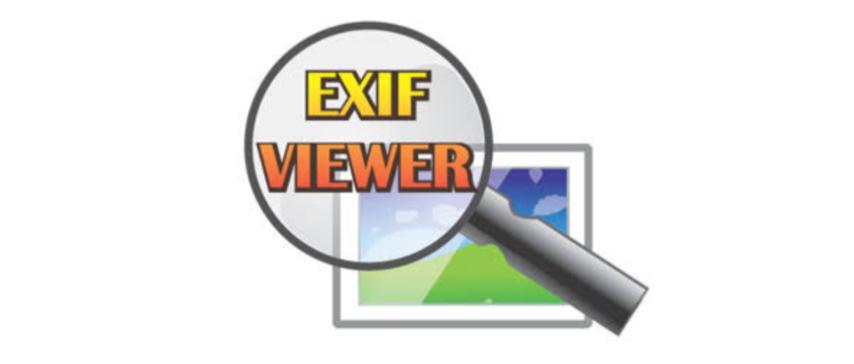
Exif Reader: Understanding Image Metadata with Ease
Created on 7 October, 2025 • Misc Tools • 28 views • 2 minutes read
An Exif Reader is an essential tool for anyone who works with digital photos—whether you’re a photographer, journalist, or casual user.
An Exif Reader is a powerful tool used to extract and analyze metadata stored within digital photos. EXIF, which stands for Exchangeable Image File Format, contains hidden details about how, when, and where a photo was taken. From camera settings to GPS coordinates, this information helps photographers, editors, and investigators understand every aspect of an image. In this article, we’ll explore what an Exif Reader is, how it works, and why it’s valuable in today’s digital world.
What Is an Exif Reader?
An Exif Reader is a software or online tool that allows users to view the metadata embedded in image files such as JPEG, PNG, or TIFF. When a photo is captured using a digital camera or smartphone, the device automatically records important information like:
- Camera make and model
- Exposure time and aperture
- ISO sensitivity
- Date and time of capture
- GPS location (if enabled)
- Image resolution and orientation
An Exif Reader decodes and displays this metadata in a readable format, making it easy to analyze or verify image details.
How Does an Exif Reader Work?
When you upload or open an image using an Exif Reader, the tool scans the file for metadata stored in the image header. The process typically involves:
- Reading the File: The software locates the EXIF data block within the image file.
- Decoding Metadata: It translates the stored binary information into readable text.
- Displaying Results: The reader presents all metadata fields clearly, often categorized by camera settings, GPS, and file information.
Some advanced Exif Readers even allow you to edit or remove EXIF data, which is useful for privacy or professional photography workflows.
Why Use an Exif Reader?
Exif Readers serve multiple purposes beyond just viewing camera data. Here are some key reasons to use one:
1. For Photographers and Editors
Photographers use Exif Readers to analyze shooting conditions like exposure, shutter speed, and white balance. This helps them learn from previous shots and improve future photography techniques.
2. For Digital Forensics
Investigators and journalists use EXIF data to verify image authenticity. Details like timestamps and GPS coordinates can confirm when and where a photo was taken.
3. For Privacy and Security
Exif Readers also help users check and remove personal data (like location info) before sharing images online, protecting their privacy.
4. For Data Organization
By examining metadata, users can organize photos based on date, location, or camera type, simplifying large image collections.
Advantages of Using an Exif Reader
- Reveals Hidden Details: Gain insight into image properties and shooting conditions.
- Improves Photography Skills: Learn from past photo settings.
- Ensures Authenticity: Verify original image data for digital forensics.
- Protects Privacy: Remove sensitive location or device details before uploading online.
- Supports Various Formats: Works with multiple file types like JPEG, PNG, TIFF, and RAW.
Conclusion
An Exif Reader is an essential tool for anyone who works with digital photos—whether you’re a photographer, journalist, or casual user. It unlocks the hidden data within your images, offering transparency, learning opportunities, and better control over your digital privacy.
By using an Exif Reader, you can easily analyze, verify, or clean up photo metadata, making it an invaluable resource for both creative and professional use.